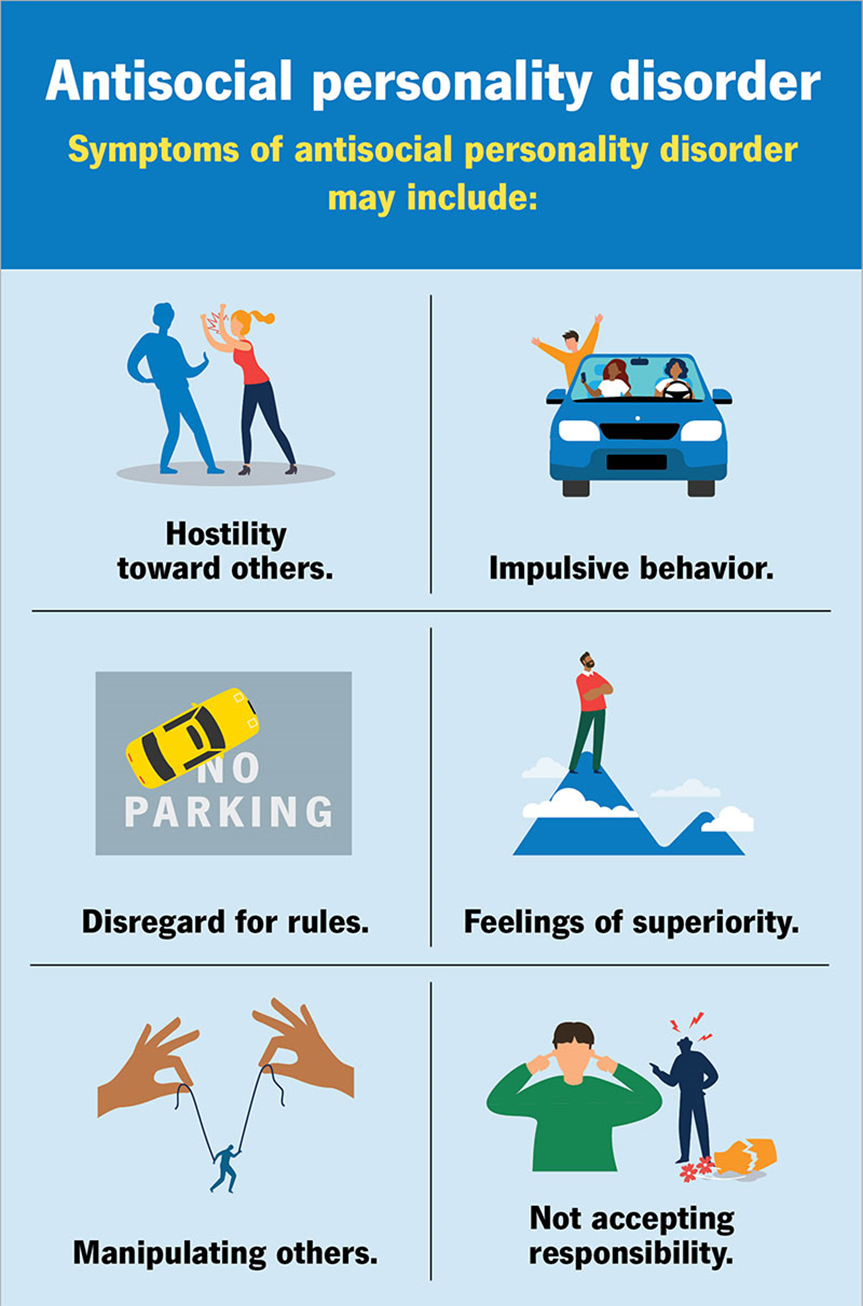A nurse is teaching the parents of a school-age child who has ADHD about atomoxetine. Which of the following instructions should the nurse include in the teaching?
Expect hyperactivity as a common adverse effect.
Give the dose in the morning to help prevent insomnia.
Avoid crowds due to the increased risk for infection.
Limit caloric intake to prevent excessive weight gain.
The Correct Answer is B
The correct answer is b.
Choice A Reason:
Expect hyperactivity as a common adverse effect. This statement is incorrect. Atomoxetine is a non-stimulant medication used to treat ADHD and does not typically cause hyperactivity. Instead, it helps improve attention and reduce hyperactivity and impulsiveness. Common side effects of atomoxetine include nausea, vomiting, upset stomach, constipation, dry mouth, loss of appetite, mood changes, feeling tired, dizziness, urination problems, or impotence.
Choice B Reason:
Give the dose in the morning to help prevent insomnia. This statement is correct. Atomoxetine should be taken in the morning to help prevent insomnia, as taking it later in the day can interfere with sleep. The medication can be taken with or without food, and if a second dose is prescribed, it is typically taken in the late afternoon or early evening.
Choice C Reason:
Avoid crowds due to the increased risk for infection. This statement is incorrect. Atomoxetine does not increase the risk of infection, and there is no need to avoid crowds while taking this medication3. Common side effects do not include an increased risk of infection.
Choice D Reason:
Limit caloric intake to prevent excessive weight gain. This statement is incorrect. Atomoxetine is more likely to cause weight loss rather than weight gain. It can decrease appetite, which may lead to weight loss in some patients. Therefore, limiting caloric intake is not necessary while taking atomoxetine.
Nursing Test Bank
Naxlex Comprehensive Predictor Exams
Related Questions
Correct Answer is C
Explanation
Choice A Reason: The diathesis-stress model assists the client in identifying their level of stress or anxiety.
This statement is incorrect because the diathesis-stress model does not primarily focus on helping clients identify their current levels of stress or anxiety. Instead, it is a framework used to understand how predispositional vulnerabilities (diatheses) and external stressors interact to influence the development of psychological disorders. While understanding stress levels can be part of a broader assessment, it is not the main purpose of the diathesis-stress model.
Choice B Reason: The diathesis-stress model assists in telling me how stressed a client is.
This statement is also incorrect. The diathesis-stress model is not a tool for measuring or quantifying a client’s current stress levels. Rather, it is a theoretical model that explains how stress interacts with an individual’s vulnerabilities to potentially trigger mental health issues. The model helps clinicians understand the interplay between genetic, biological, and environmental factors, but it does not provide a direct measure of stress.
Choice C Reason: The diathesis-stress model assists in identifying risk factors or vulnerabilities for stress.
This statement is correct. The diathesis-stress model is designed to identify and understand the risk factors or vulnerabilities (diatheses) that make an individual more susceptible to developing psychological disorders when exposed to stress. These vulnerabilities can be genetic, biological, psychological, or situational. By identifying these factors, clinicians can better predict which individuals are at higher risk for developing mental health issues under stress and can tailor interventions accordingly.
Choice D Reason: The diathesis-stress model assists in identifying what mental health disorder related to stress the client has.
This statement is partially correct but not entirely accurate. While the diathesis-stress model can help in understanding the development of mental health disorders, it does not specifically identify which disorder a client has. The model provides a framework for understanding how various factors contribute to the onset of disorders, but a comprehensive clinical assessment is required to diagnose specific mental health conditions.
Correct Answer is B
Explanation
Choice A Reason: 0.8 mEq/L
The therapeutic range for lithium is typically between 0.6 and 1.2 mEq/L. A level of 0.8 mEq/L falls within this range and is considered normal. Therefore, it is unlikely that a client with this lithium level would present with symptoms such as mental confusion, frequent urination, and coarse tremors. These symptoms are more indicative of lithium toxicity, which occurs at higher levels.
Choice B Reason: 2.3 mEq/L
A lithium level of 2.3 mEq/L is significantly above the therapeutic range and indicates lithium toxicity. Symptoms of lithium toxicity include mental confusion, frequent urination, and coarse tremors, which match the client’s presentation. Severe toxicity can occur at levels above 2.0 mEq/L and can be life-threatening if not treated promptly. Therefore, this is the most likely lithium level for the client described.

Choice C Reason: 1.8 mEq/L
A lithium level of 1.8 mEq/L is above the therapeutic range but below the level typically associated with severe toxicity. While some symptoms of toxicity might appear at this level, they are generally less severe than those described in the scenario. The client’s symptoms suggest a more severe level of toxicity, making this choice less likely.
Choice D Reason: 1.2 mEq/L
A lithium level of 1.2 mEq/L is at the upper limit of the therapeutic range. While it is possible for some mild side effects to occur at this level, the severe symptoms described (mental confusion, frequent urination, and coarse tremors) are more indicative of a higher, toxic level of lithium. Therefore, this choice is also less likely.
Whether you are a student looking to ace your exams or a practicing nurse seeking to enhance your expertise , our nursing education contents will empower you with the confidence and competence to make a difference in the lives of patients and become a respected leader in the healthcare field.
Visit Naxlex, invest in your future and unlock endless possibilities with our unparalleled nursing education contents today
Report Wrong Answer on the Current Question
Do you disagree with the answer? If yes, what is your expected answer? Explain.
Kindly be descriptive with the issue you are facing.
